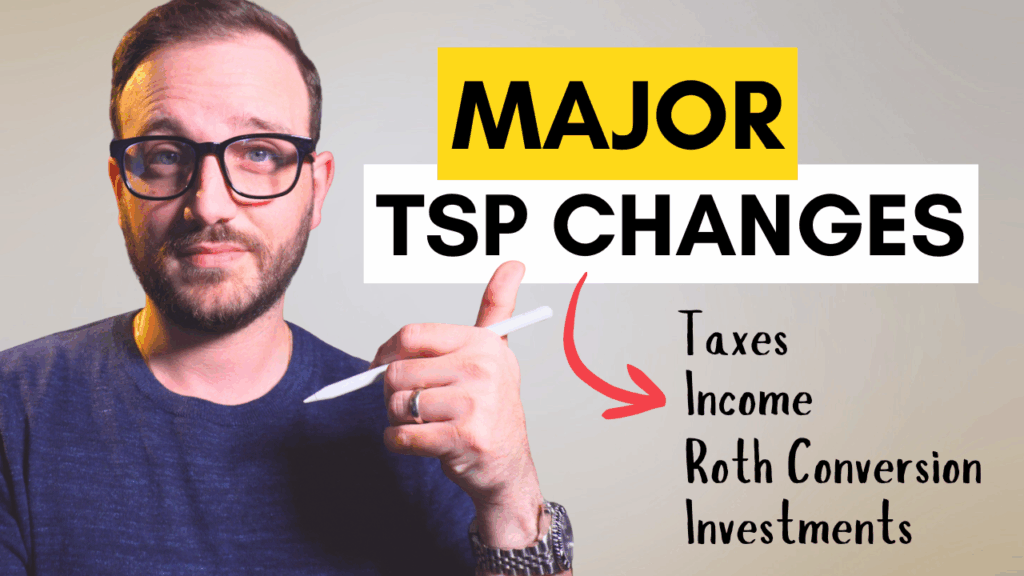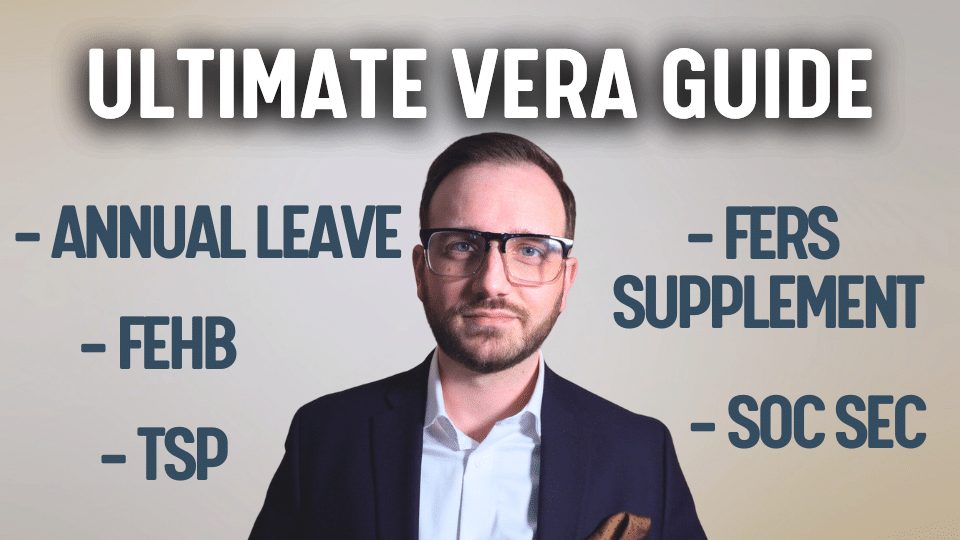Top TSP Mistakes of 2020
This column is the second in a series that we’re releasing by popular demand. 2020 was a great example for these mistakes because last year brought us the whole package: tremendous volatility, incredible growth, a global health crisis leading to lockdowns, major monetary and fiscal policy changes, all in a presidential election year. It was a wild ride to say the least, and we’ll be focusing on the most common and harmful mistakes that we saw federal employees make in their TSP during the course of that crazy year.
Misunderstanding the Lifecycle Funds
The Lifecycle funds are not rebalancing according to the markets or the economy. With everything that happened in our economy last year, if you were invested in a Lifecycle fund, you may have noticed that it seemed not to care about changes in the world, the economy or your plans.
The Lifecycle funds rebalance as you age, and they rebalance to a more conservative portfolio, meaning more bonds. There are two problems. One is that everyone does not die according to “average” lie span. Some people don’t make it to their 60’s. Others join the growing ranks of centennials. The other problem is that bonds are not always “safe”. I recently did a piece on what’s happening with the fixed income markets (bonds): you can find that article here. As increasing interest rates begin to threaten their return, US Large cap has been historically heavily impacted by higher rate environments. Bonds are equally as impacted because why would you buy a bond today if tomorrow you can get the same bond that’s paying more because rates went up? The value of bonds has an inverse relationship to interest rates, like a seesaw.
Not Rebalancing or Assessing Your Allocation
This one goes hand in hand with the former mistake. The fear of making the wrong decision can lead federal employees to becoming paralyzed in making a decision about their TSP accounts. How can you know when to shift your TSP allocation and what to change it to?
In fact, this isn’t unique to federal employees. Many people never really touch their retirement accounts, partly because they simply forget, but mostly because they’re just not sure what to do. But if you leave your investments as is, your TSP will suffer. The stock market is cyclical by nature, meaning some investments do well while others do poorly, and those same winning investments can quickly become next cycle’s losers because of changing economic variables.
If you drive around the beltway, avoiding exits because they may not be the optimal way to get where you need to go, you will find yourself driving in circles, never making the progress you need to get to your destination. Same here. If you leave your TSP allocation unmonitored and ignore reallocation, you could be making yourself susceptible to losses that will hurt your retirement timeline.
Not Maximizing Contributions
This is a no-brainer. The more you put in, the faster you’ll participate in compound interest. Get to contributing the maximum allowable amount as early as you can and stick to it if you’re able to. We routinely tell our federal employee clients to increase their TSP contributions by a percent any time they get a raise, if they’re not already maxed out. Employees that come to us with $1M+ in their TSPs realized early on that maxing out contributions year upon year makes a major difference. In fact, by continuously contributing into the TSP, you are performing a technique called Dollar Cost Averaging (DCA). This helps you earn a better price-per-share on your investments over the course of years.
Constantly Checking Your TSP Balance
Even our team of financial planners are not constantly checking out their account balances. We do this stuff daily for our clients, yet we have restraint with ourselves and resist the urge. My team and I are big scholars of behavioral economics. There have been Nobel prizes won on this subject, and for good reason. Checking your account balances too frequently might cause you to make changes in your portfolio prematurely, or based on emotional factors, such as seeing your portfolio values change. We saw employees that moved their TSP into the G-Fund when the markets started to tumble last year. Those same people missed being invested in one of the strongest recoveries in a single year.
Research has shown that the reason that professional money managers tend to earn roughly 4-5% more in annual returns than the bulk of individual investors is because portfolio changes are being made based on research, not on emotions. In fact, most of the trades conducted on the stock exchanges are being done by computers and algorithms that were set by professional managers. This is precisely why you’re not likely to out-trade the markets. For your own sake, watch less news on the markets. They’re in the business of making winning headlines, not winning investments decisions.
Chasing the Markets
Similarly, we saw many employees make the mistake of attempting to move their allocation according to what they were seeing in investment performance. There is a huge difference between adjusting your portfolio based on economic factors and calculated research, or even your retirement plan, versus adjusting your portfolio to the fastest moving investments. The latter is called a “trailing indicator,” or chasing returns. By the time you see performance in real time or see something in the news, everything has been priced in already and you’re on the tail end, making yourself susceptible to the massive whiplash once the market direction changes.?
This is the biggest difference between professional managers and individual investors. Hindsight is always 20/20. Speaking of 2020, take a look at the cumulative growth of the S-Fund last year. You’ll be blown away. Looking back, going in and out of the S-Fund at exactly the right moments would have allowed you to double your TSP account. But how many of you were willing to jump on that ship while it was sinking? How many people had a crystal ball to see when the sinking would stop and recover? If you had the courage to shovel most of your money into the S-Fund last year, let us know in the comments below – you either have a steel stomach or ice in your veins, my friend. The point is, if you tried to time it, you likely missed the boat.
Neglecting the Roth TSP
If you think that as a federal employee, your taxes will be lower in retirement, think again. In this article, I discuss the taxability of your sources of money in retirement. Our current tax environment is fairly low, and even if you make higher levels of income, it may be worth utilizing the Roth TSP to begin growing tax-free money.
The Roth TSP does not have income limitations like the Roth IRAs do. Not all retirement plans in the private sector have Roth options available, and many need to resort to a Roth IRA, but are then subject to income limitations. You can still perform a backdoor Roth contribution or Roth conversions, but that’s another discussion for a future article. Find out if it makes sense for you to use this benefit.
Not Understanding TSP Withdrawals
When building a portfolio, parts of it that are likely going to be subject to more volatility than others. This is normal since the markets are cyclical and certain investments fall out of favor while others perform better. Certain economic factors cause parts of the markets to either do well or do poorly.
As a retiree, your portfolio supplements your other forms of income (pension, social security, etc.), and you must therefore liquidate investments in order to create cash for you to use. So how to you select which investments to liquidate?
Generally, deciding which investments to sell to generate the cash is a calculated decision. Yet when requested a $3,000 distribution from the TSP, for example, it has a predetermined method in selling off your investments. When you take money for an RMD or a specific percentage from your TSP, you are proportionally liquidating among all of the Funds that you’re invested in, including the ones doing poorly during that time.
Selling when the markets are down is quite literally among the worst things you can do as an investor (unless it’s a poor investment, of course). Your portfolio should generate the income you need from parts that are not in the negative – those need time to recover before they can turn into cash for you. Selling an investment when it’s down means you materialized those losses and made them permanent.
Many federal employees either don’t know or never thought about the implications of this non-elective feature of the TSP. Make sure you understand it, or you may very quickly find yourself depleting your TSP sooner than you expected.
Not Aligning Investments With A Plan
Last but most certainly not least, we saw a lot of aimless investing in 2020. What do I mean? Investing for the sake of investing, but not with a strategy that led to tactics.
If you’ve been following our content, you know that we focus heavily on strategy. I know that the details are important but those are the tactics. The details come later, but the strategy is what leads you to make the decisions you make, whether right or wrong. The strategy is what comes first, your implementation is simply construction after it’s been properly blueprinted.
I’ve used this analogy before, but I think it’s so relevant: how many times have you gotten in your car before knowing where you’re going? First you need to know where you’re headed, or you’re not likely to get where you want to.
Allocating your portfolio is similar. You may need more growth investments, or income generating ones, or bonds; you may need to sell a particular sector or move into something different, there may be a pothole coming down the road and you should readjust, or a combination of all of the above. The thing to remember is that your allocation is built for you and your timeline, your goals, so make sure you have your roadmap all planned out before you start making investment decisions. After all, it’s not just your money, it’s your future.



